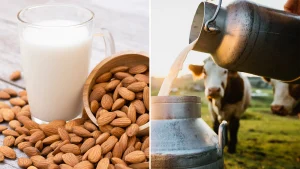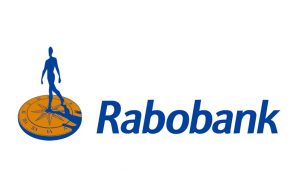
But the fact is this: Plant-based beverage sales are declining. That’s the data. You hadn’t heard that? You mean that plant-based marketers and their media allies who have long touted that fake milks would lead to the “death of dairy” aren’t telling you that the novelty appears gone and that predictions of Almond Ascendance have come to naught? Sorry about that, perhaps they should have told you sooner. But the markets know, and now you do too, because here it is:
MOST MILK ALTERNATIVE SEGMENTS ARE LOSING VOLUME IN 2022

It’s been true for more than a year now. Almonds – down. Soy – down. Coconuts, rice, and “other” – down. And what’s up? Oats, pea, and horchata (which, it should be noted, is sometimes made with actual milk). But those beverages aren’t enough to stave off the widespread sector decline that’s led by almonds, which is ¾ of the category. And those pockets of isolated growth come at the expense of other plant-based beverages, cannibalizing the sector instead of growing it.
So as the FDA contemplates guidance on labeling, and proven mis-informers try to argue that their place in the market is fore-ordained – and everyone else should just go along with their blatant mislabeling – remember: Real milk is the superior product – in nutrition, taste, functionality and naturalness – and the highly processed plant-based food propagandists know it. Maybe that’s why you haven’t been hearing much lately about how plant-based beverages are on the rise at dairy’s expense. Because they aren’t rising at dairy’s expense. In fact, they’re not even on the rise.




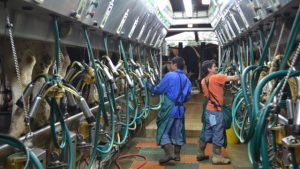
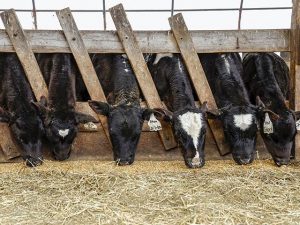

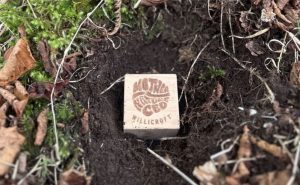

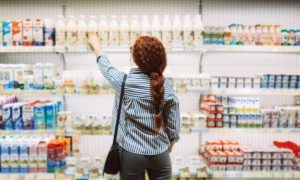
![Peanut Butter Doesn’t Pretend, Unlike Plant-Based Milk [Opinion]](https://en.edairynews.com/wp-content/uploads/2023/04/Peanut-Butter-Doesnt-Pretend-Unlike-Plant-Based-Milk-Opinion-300x180.jpg)
